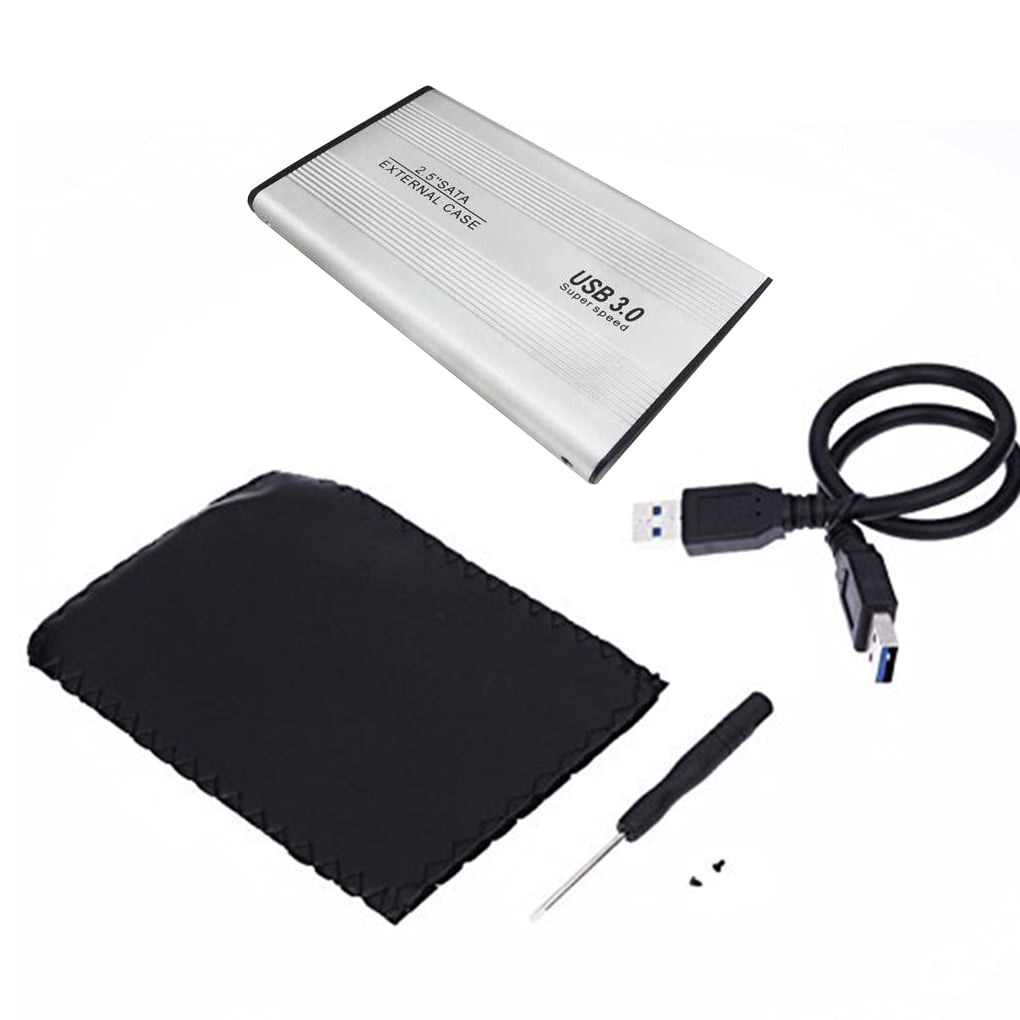

- #Macbook external hard drive case how to#
- #Macbook external hard drive case install#
- #Macbook external hard drive case portable#
- #Macbook external hard drive case password#
- #Macbook external hard drive case license#
Click Extras next to the volume you wish to recover files from and select Backup Into DMG Image. Connect an external hard drive to your Mac that has enough space to save your entire hard drive partition to it.
#Macbook external hard drive case password#
Type in the admin password and click OK to continue. This is required for Disk Drill to scan your system.
#Macbook external hard drive case install#
You do not want to install anything additional at this time.
#Macbook external hard drive case license#
Read the license agreement and click Agree to continue.Go to your Downloads folder and double-click on the Disk Drill disk image.When the download is finished, quit your browser application.(If your browser asks you where to save the file, select the desired folder and click Save.) It may take a couple minutes to download. The Disk Drill app will automatically be downloaded to your Downloads folder.Go to getdiskdrill to download the app.Connect a USB flash drive or external hard drive to your Mac.Shut down all programs on your Mac with the exception of your Internet browser.

Copying your hard drive is optional, but recommended, so have a large external drive ready if possible.
#Macbook external hard drive case portable#
Once you have Disk Drill running in portable mode, you can then use Disk Drill to make copy of your entire hard drive volume onto the external drive, which will give you the best chances of recovery.

Note that if you are trying to recover from a Mac that is having trouble starting up, you will need to install Disk Drill on a bootable drive. If you do not have a second Mac available, and you don’t have Disk Drill already installed, the best thing to do is to install Disk Drill on an external drive. Recovery Option #2: Run Disk Drill in Portable Mode In either case, when you start scanning, be sure to select the option under Extras to Remount Volume as Read-Only. If this is the case (and you are comfortable with dismantling your computer) you could remove the internal hard drive and then connect it to another Mac as an external drive, using a hard drive to usb adapter such as this one. There are some Macs that don’t have FireWire or Thunderbolt ports. Once you have successfully connected to the target Mac, you can proceed with downloading and installing Disc Drill on the active Mac.
#Macbook external hard drive case how to#
There are also Thunderbolt to FireWire adapters available.Īlternatively, you might need to use a USB-C cable, those are only available from third-party manufacturers.įollow this Apple Support Document to learn how to use Target Disc Mode. You can buy a FireWire or Thunderbolt cable at most office supply or electronics stores. With this option, you can access the hard drive of the Mac with the lost files, while minimizing system usage. In the best-case scenario, you have a second Mac available, and both Macs have either a FireWire or Thunderbolt port.

Recovery Option #1: Access the Mac in Target Disc Mode There are three recovery options you can use, with the best option listed first. If you have a specific file type that you need recovered, check What File Types Can Disk Drill Recover? to see if your file type is supported before you begin. If this is the case, proceed to How to Use Recovery Vault and Guaranteed Recovery. There is only one exception to this rule, and that is if you had Disk Drill installed previous to your data loss and you had Recovery Vault and/or Guaranteed Recovery enabled to protect your hard drive. So, if you haven’t already done so, we recommend that you SHUT YOUR MAC DOWN immediately and read through these instructions on another computer or mobile device. And the data that gets overwritten may be just the file(s) that you are trying to save. Just leaving it running, without any programs open, can still overwrite data. The reason for this is that anything you do on your Mac, after you realize that a file has been deleted or lost, causes precious data to be overwritten. Recovering files from your Mac’s internal hard drive is a bit more complicated than recovering it from an external drive or device.


 0 kommentar(er)
0 kommentar(er)
